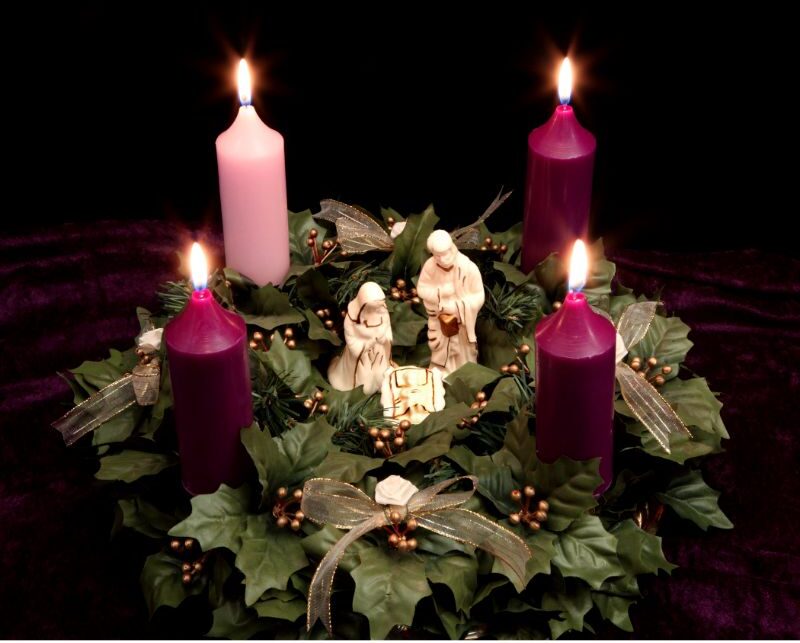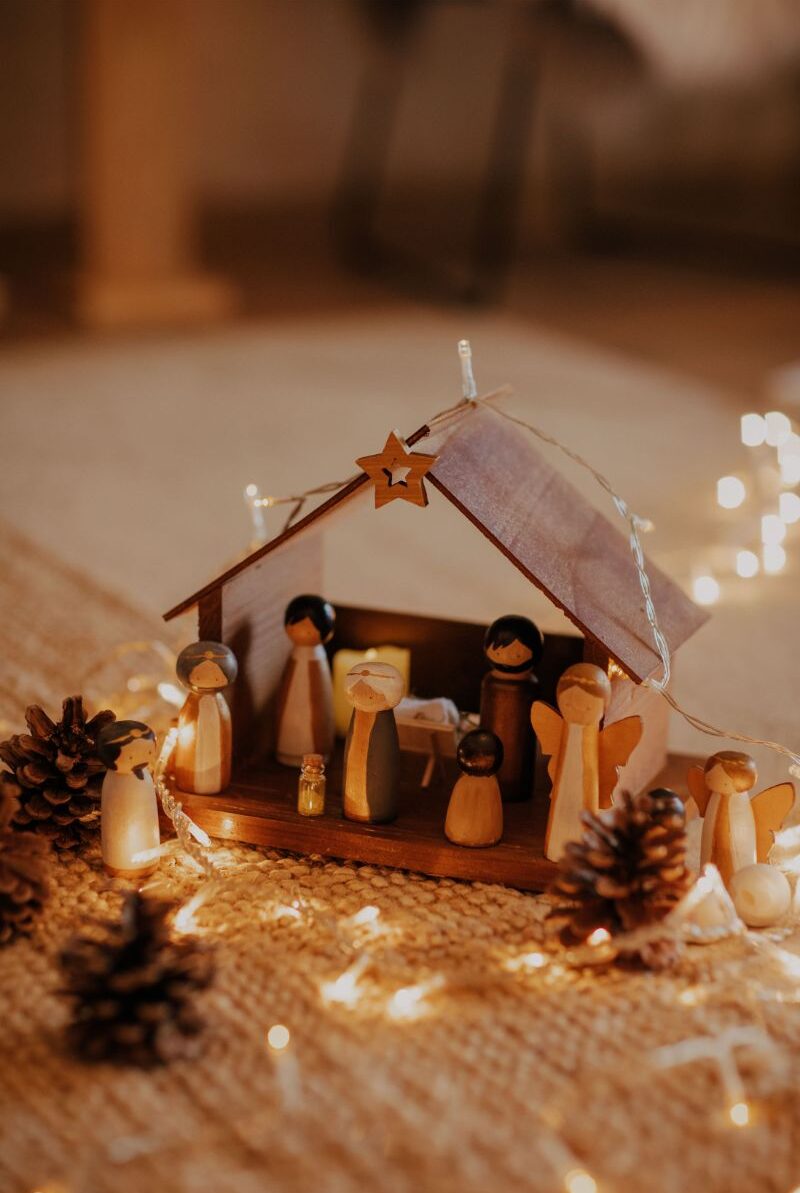
The Season of Advent
As winter whispers through the air and festive decorations adorn homes, the season of Advent unfolds—a time of anticipation, reflection, and joy. Beyond the twinkling lights and beautifully crafted calendars lies a rich tapestry woven with traditions and historical significance. I have grown up with the season of Advent being very prevalent in my family traditions but and this year I decided to do a little deep dive into researching– come and let’s embark on a high level journey to unwrap the spirit of Advent, exploring its traditions and the historical roots that make this season a cherished countdown to Christmas.
A Journey Through Time- Historical Origins of Advent
The word “Advent” is derived from the Latin word “adventus,” meaning “coming” or “arrival.” The history of Advent traces back to the 4th and 5th centuries when Christians sought a period of preparation before celebrating the birth of Jesus. Originally, Advent spanned 40 days, mirroring the 40 days of Lent, emphasizing a time of fasting, penance, and spiritual reflection.
The Evolutions of Advent Traditions
Over time, the structure and duration of Advent evolved. The Western Christian Church officially established Advent as a four-week season in the 6th century, beginning on Sunday closest to November 30th (St. Andrew’s Day). The emphasis shifted towards joyful anticipation, incorporating themes of hope, love, joy, and peace, represented by the Advent candles.

Advent Wreath- Illuminating Hope and Joy
The Advent wreath, with its evergreen circle symbolizing eternity, has become a central focus of Advent traditions. Four candles, often three purple and one pink, represent each week of Advent. The candles are lit progressively, with the pink candle symbolizing joy and lit on the third Sunday. Families gather each week, lighting the candles, reading scripture, and reflecting on the themes of the season.
Advent Calendars- Unveiling Daily Delights
Advent calendars add a delightful dimension to the season, especially for children. Originating in Germany in the 19th century, these calendars feature numbered windows, each concealing a small treat or surprise. Today, Advent calendars come in various forms, from traditional paper ones to digital versions, creating a daily ritual of excitement leading up to Christmas.

Nativity Scenes- Capturing the Christmas Story
Nativity scenes, or crèches, are a beloved Advent tradition that captures the essence of the Christmas story. Displayed in homes, churches, and public spaces, these scenes depict the birth of Jesus, often including figures of shepherds, wise men, angels, and animals. Setting up the nativity scene becomes a cherished family activity, unfolding the narrative and meaning of Christmas.
Lessons and Carols- Harmonizing Faith and Music
Many churches celebrate Advent with a service of Lessons and Carols, weaving scripture readings with hymns that resonate with the themes of the season. This tradition, popularized by King’s College Chapel in Cambridge, England, brings together the beauty of music and the rich narrative of salvation, creating a harmonious atmosphere of reflection and worship.

Advent Acts of Kindness- Speaking Goodwill
In recent years, the concept of Advent acts of kindness has gained popularity. Families and communities engage in daily acts of goodwill, kindness, and generosity, reflecting the spirit of Advent and extending the season’s joy beyond personal celebrations.
Epilogue
A Time of Preparation and Joy
As Advent unfolds, it invites us to step into a season of reflection, anticipation, and joy. The traditions that accompany this period connect us to centuries of Christian history while evolving to resonate with contemporary expressions of faith. Whether lighting candles, unveiling surprises in an Advent calendar, or gathering around a nativity scene, the spirit of Advent is a timeless journey toward the radiant celebration of Christmas.
Merry Christmas!!
